How Does a Drillship Work?
We all know that a drillship goes out and drills wells, but can you name all the steps required to drill that well? Here are a series of fun videos that give an overview about how a drillship works.
We all know that a drillship goes out and drills wells, but can you name all the steps required to drill that well? Here are a series of fun videos that give an overview about how a drillship works.

When I first began work in the offshore industry, I was completely staggered by the complexity and expanse of skills involved in offshore drilling. We all know that a drillship goes out and drills wells, but can you name all the steps required to drill that well? Here are a series of fun videos that give an overview about how a drillship works. (I also welcome any comments from people in the industry who wish to correct me or add important details.)
We begin with a general overview of the drillship process.
So the general drilling process consists of these steps.
The first stage (steps 2 -4) essentially creates a good foundation to attach a BOP on (oversimplifying). When we do that first stage of drilling, we are nowhere near deep enough to risk releasing any oil. This is important because we can safely leave site at any point without risking environmental damage. And yes, drillships will leave site if the weather gets too bad to hold station.
At the second stage, we use a riser and BOP to contain the wellhead as we drill deeper. With deeper depths, we now get the massive pressure differentials. The BOP has several safety measures to help control that pressure in case of problems. Now, if the drillship must leave site, it will disconnect the riser from the BOP and leave the BOP to contain the well system.
Of course, the drillship will come back for the BOP. Are you kidding? That BOP is major equipment. It is over 50 feet tall and costs tens of millions of dollars. Of course they want it back. And it is no simple matter to lower a BOP to the sea floor. Something the size of a building doesn’t easily fit on a ship. And you don’t just toss it over the side to lower it. This animation shows an excellent example sequence for staging and lowering a BOP.
BOP = Blowout Preventer. Used to close off flow from the well in the case of a blowout.
LMRP = Lower Marine Riser Package. Additional valves, pipes, and tools for well control, but not complete shutoff necessarily.
If the drillship does an emergency disconnect, the LMRP will disconnect from the BOP and return to the surface.
Drilling mud pumps down the center of the drill pipe. It comes out the drill head and returns to the wellhead. But why doesn’t it just bleed into the ocean? Enter the riser. Think of the riser as a bundle of pipes serving various purposes, all hooked together. At the center is a large tube for the drill pipe. The drill pipe sits inside this tube. Drilling mud goes down the drill pipe and comes back up in the annular space between the drill pipe and the riser tube wall. In addition to that, the riser also contains pipes for hydraulic power, electrical power, communications with the BOP stack, and several other items that you need to ask a drilling expert about.
Even more amazing, the riser is slightly flexible. I know you don’t imagine pipe to be flexible, but when it spans hundreds of meters, that pipe has some give. Plus the riser has special flexible joints at the top and bottom. The riser provides a contained system to get from the seafloor to the drillship. And then we have special heave-compensating equipment to pull some tension on the riser, which is necessary to prevent the riser from buckling (very bad). Of course, the vessel at the top still heaves up and down with the ocean waves, but your riser doesn’t change length. Instead, the riser tensioner adjusts up and down, constantly compensating for the ocean waves. Add it all together, and you get an incredibly complicated system!
The simple process of adding riser segments, lowering them down is filled with specialized equipment. Examine this video.
As you can see, offshore drilling is extremely complicated. It requires a huge range of specialized equipment, everything tailored to a specific task. Hopefully this oriented you on the overall process and helps you appreciate the massive challenge of deepwater drilling.
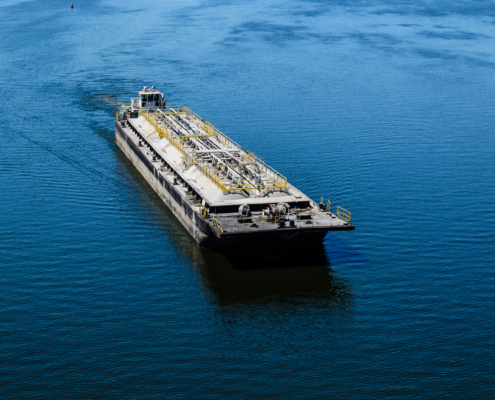
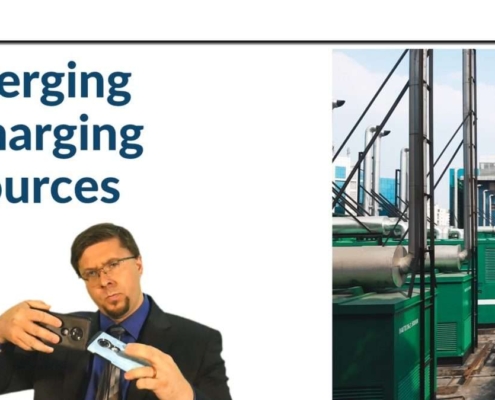 https://dmsonline.us/wp-content/uploads/2022/09/ClickBait_2.89.9-scaled-1.jpg
675
1200
Nate Riggins
/wp-content/uploads/2025/06/DMS-logo.svg
Nate Riggins2023-04-03 08:00:002025-08-15 10:36:17Electric Yacht Charging
https://dmsonline.us/wp-content/uploads/2022/09/ClickBait_2.89.9-scaled-1.jpg
675
1200
Nate Riggins
/wp-content/uploads/2025/06/DMS-logo.svg
Nate Riggins2023-04-03 08:00:002025-08-15 10:36:17Electric Yacht Charging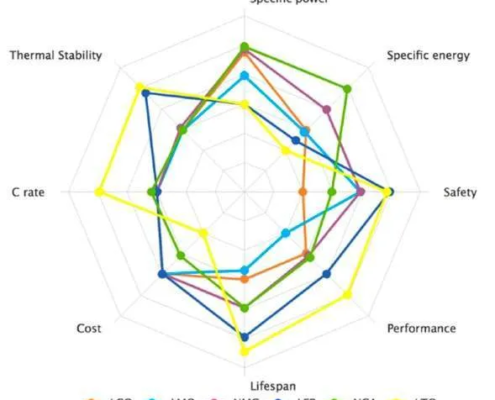 https://dmsonline.us/wp-content/uploads/2022/09/Lithium-Chemistries-Spider-Chart.webp
513
589
Nate Riggins
/wp-content/uploads/2025/06/DMS-logo.svg
Nate Riggins2023-03-06 08:00:002025-08-15 10:30:12Batteries for Electric Propulsion
https://dmsonline.us/wp-content/uploads/2022/09/Lithium-Chemistries-Spider-Chart.webp
513
589
Nate Riggins
/wp-content/uploads/2025/06/DMS-logo.svg
Nate Riggins2023-03-06 08:00:002025-08-15 10:30:12Batteries for Electric Propulsion https://dmsonline.us/wp-content/uploads/2022/09/Slide21-Clickbait-scaled-1.jpg
675
1200
Nate Riggins
/wp-content/uploads/2025/06/DMS-logo.svg
Nate Riggins2023-01-30 08:00:002025-08-15 10:37:00Electric Yacht System Design
https://dmsonline.us/wp-content/uploads/2022/09/Slide21-Clickbait-scaled-1.jpg
675
1200
Nate Riggins
/wp-content/uploads/2025/06/DMS-logo.svg
Nate Riggins2023-01-30 08:00:002025-08-15 10:37:00Electric Yacht System Design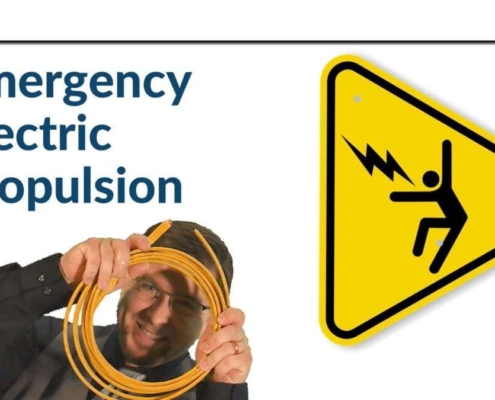 https://dmsonline.us/wp-content/uploads/2022/09/M22006-ClickBait-scaled-1.jpg
675
1200
Nate Riggins
/wp-content/uploads/2025/06/DMS-logo.svg
Nate Riggins2022-12-05 08:00:002025-08-15 10:38:53Emergency Electric Propulsion
https://dmsonline.us/wp-content/uploads/2022/09/M22006-ClickBait-scaled-1.jpg
675
1200
Nate Riggins
/wp-content/uploads/2025/06/DMS-logo.svg
Nate Riggins2022-12-05 08:00:002025-08-15 10:38:53Emergency Electric Propulsion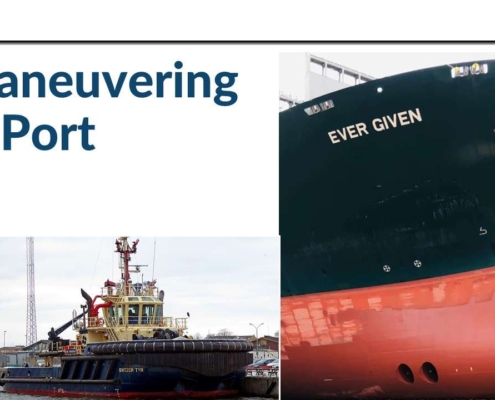 https://dmsonline.us/wp-content/uploads/2022/04/ClickBait.jpg
720
1280
Nate Riggins
/wp-content/uploads/2025/06/DMS-logo.svg
Nate Riggins2022-04-04 07:00:002025-08-15 13:08:57Ever Given: Maneuvering Options
https://dmsonline.us/wp-content/uploads/2022/04/ClickBait.jpg
720
1280
Nate Riggins
/wp-content/uploads/2025/06/DMS-logo.svg
Nate Riggins2022-04-04 07:00:002025-08-15 13:08:57Ever Given: Maneuvering Options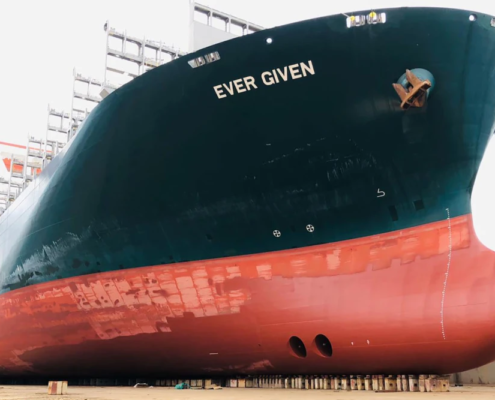
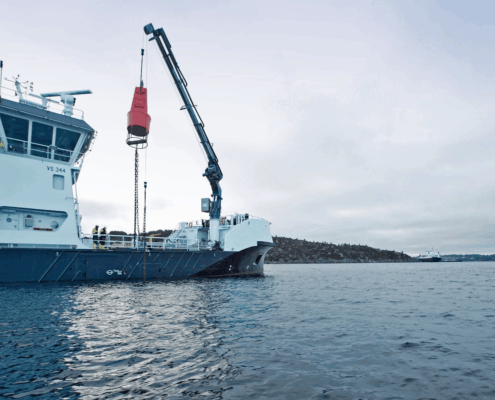
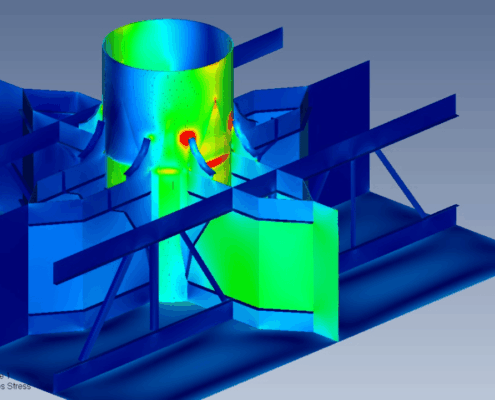
Ship designs tailored to your mission. Engineering that advances profits.

This site uses cookies. By continuing to browse the site, you are agreeing to our use of cookies.
AcceptLearn moreWe may request cookies to be set on your device. We use cookies to let us know when you visit our websites, how you interact with us, to enrich your user experience, and to customize your relationship with our website.
Click on the different category headings to find out more. You can also change some of your preferences. Note that blocking some types of cookies may impact your experience on our websites and the services we are able to offer.
These cookies are strictly necessary to provide you with services available through our website and to use some of its features.
Because these cookies are strictly necessary to deliver the website, refusing them will have impact how our site functions. You always can block or delete cookies by changing your browser settings and force blocking all cookies on this website. But this will always prompt you to accept/refuse cookies when revisiting our site.
We fully respect if you want to refuse cookies but to avoid asking you again and again kindly allow us to store a cookie for that. You are free to opt out any time or opt in for other cookies to get a better experience. If you refuse cookies we will remove all set cookies in our domain.
We provide you with a list of stored cookies on your computer in our domain so you can check what we stored. Due to security reasons we are not able to show or modify cookies from other domains. You can check these in your browser security settings.
We also use different external services like Google Webfonts, Google Maps, and external Video providers. Since these providers may collect personal data like your IP address we allow you to block them here. Please be aware that this might heavily reduce the functionality and appearance of our site. Changes will take effect once you reload the page.
Google Webfont Settings:
Google Map Settings:
Google reCaptcha Settings:
Vimeo and Youtube video embeds: